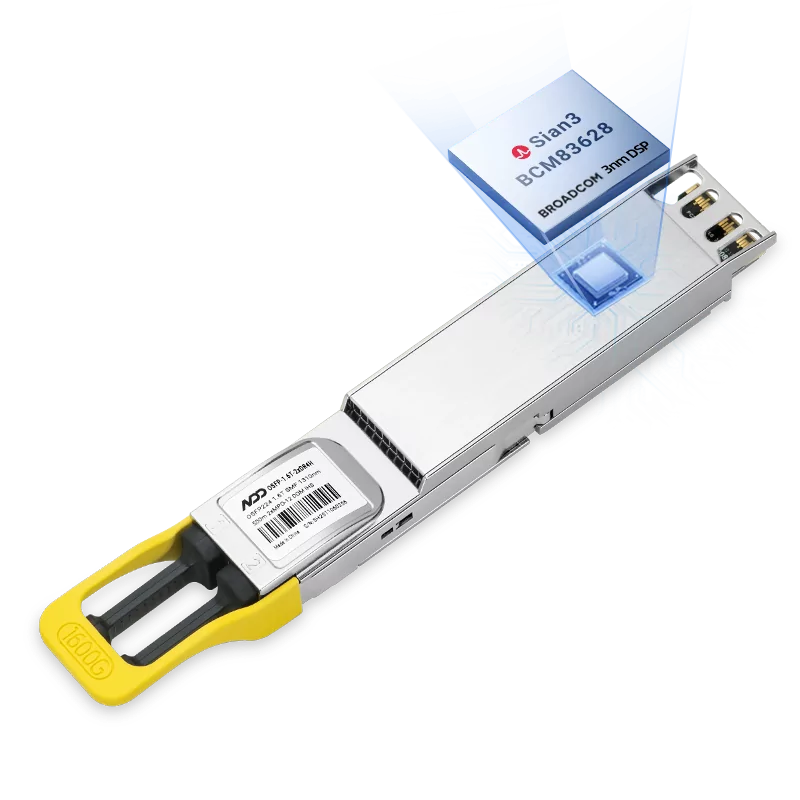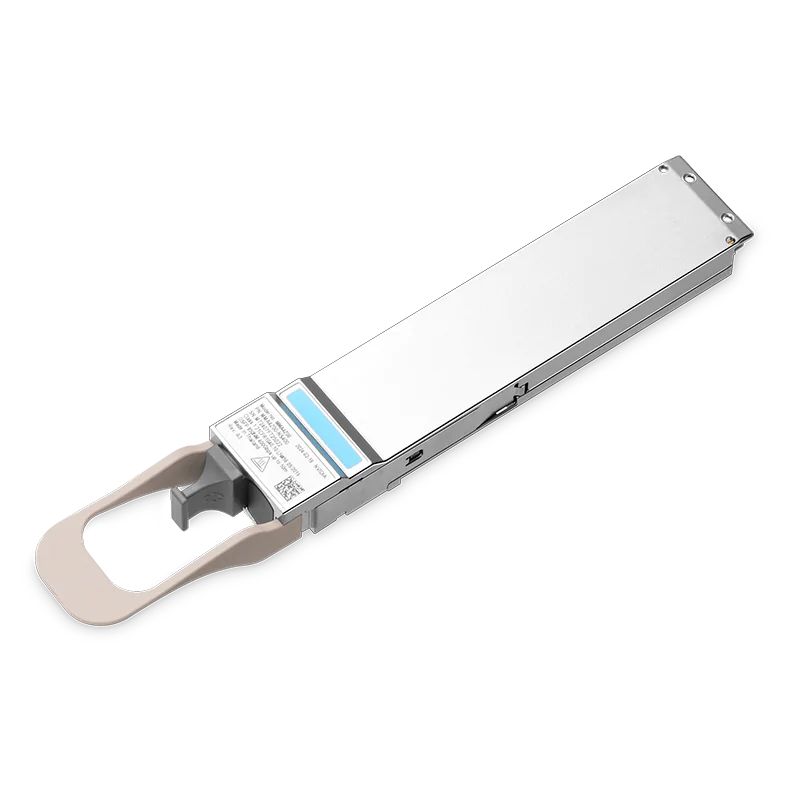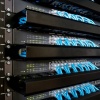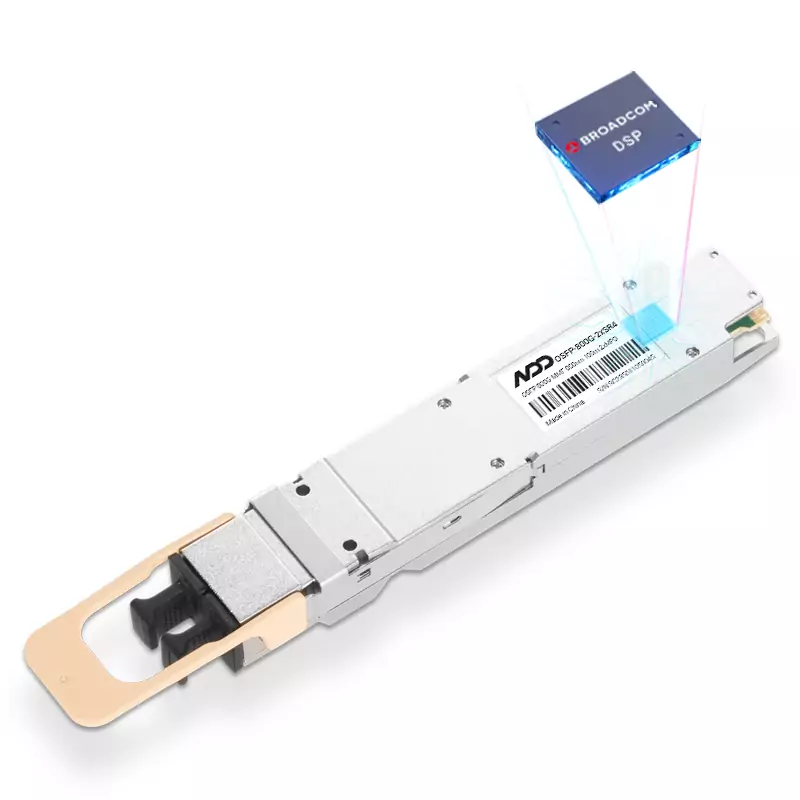Find the best fit for your network needs

share:
 800GBASE-2xSR4 OSFP PAM4 850nm 50m MMF Module
800GBASE-2xSR4 OSFP PAM4 850nm 50m MMF ModuleLearn More
Popular
- 1In-Depth Look at NADDOD's OSFP 800G DR8 and 400G DR4 InfiniBand NDR Transceivers
- 2Detailed Guide to QSFP112 400G Transceivers and Their Connectivity Advantages
- 3Liquid Cooling Technology in Data Centers
- 4The Key Role of High-quality Optical Transceivers in AI Networks
- 5Common Problems While Using Optical Transceivers in AI Clusters


















































